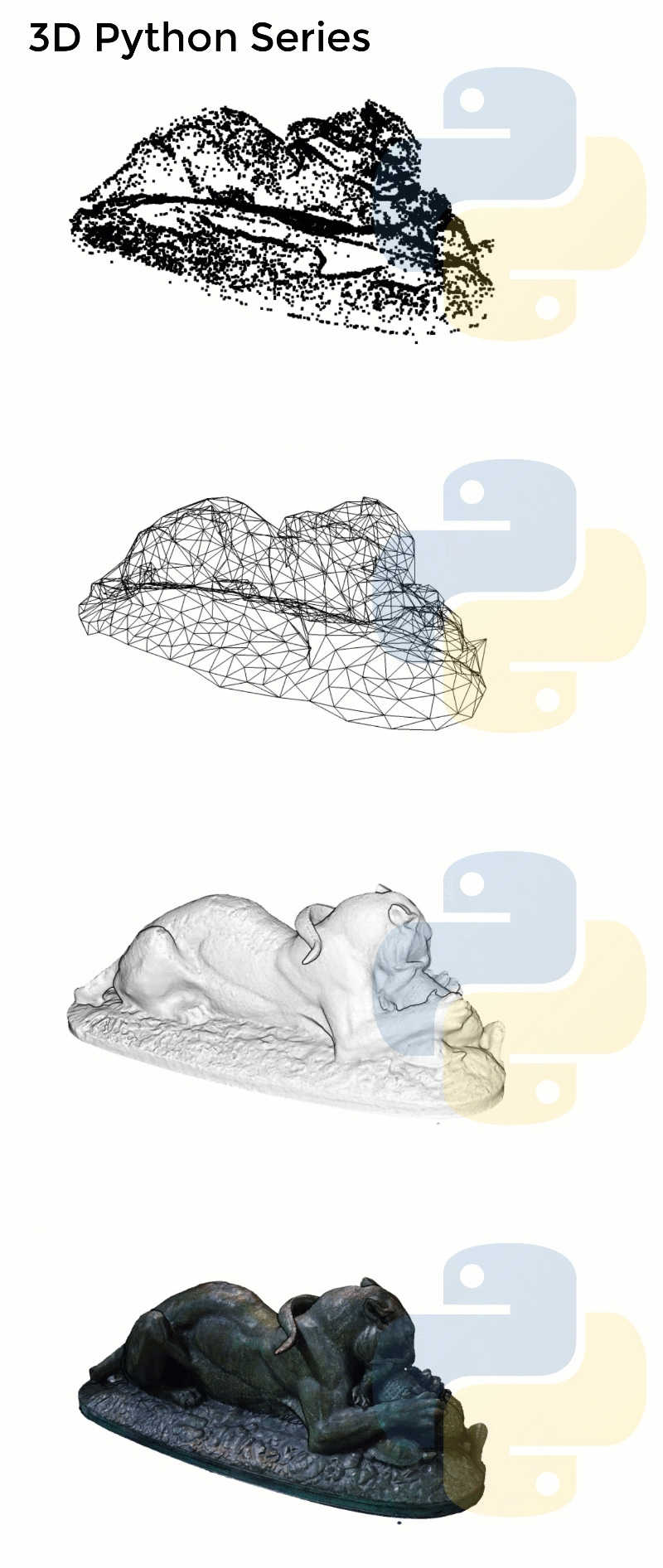BREAKING NEWS
LATEST POSTS
-
Why Streaming Content Could Be Hollywood’s Final Act
https://www.forbes.com/sites/carolinereid/2024/10/24/why-streaming-could-be-hollywoods-final-act/
The future of Hollywood was reshaped in 1997 with the founding of Netflix, an innovative mail-order DVD rental business by Reed Hastings and Marc Randolph. Unlike traditional rentals, Netflix allowed subscribers to retain DVDs as long as they wanted but required returns before ordering more, allowing the company to collect uninterrupted subscription fees. By 2009, Netflix was shipping nearly a billion DVDs annually but had already set its sights on streaming. The transition to streaming, launched in 2007, faced initial challenges due to limited broadband availability but soon became popular, outpacing the DVD business and bringing Netflix millions of subscribers.
Netflix’s dominance drove traditional media giants to reevaluate their strategies. Disney, initially hesitant, eventually licensed its vast library to Netflix, contributing to the latter’s rise. However, by 2017, Disney pivoted to launch its own platform, Disney+, breaking its Netflix partnership and acquiring 21st Century Fox for content diversification. Disney’s decision sparked a broader industry shift as other studios also developed streaming services, aiming to retain full revenue from direct-to-consumer content instead of sharing it with theaters or traditional networks.
Disney+ quickly gained traction, especially during the pandemic, reaching millions of subscribers and temporarily boosting Disney’s stock. However, the reliance on streaming and subscriber growth strained Disney financially, with high operating costs and content expenses. Content exclusivity backfired, creating complexity for fans, particularly with interconnected Marvel shows, and contributing to user dissatisfaction. Additionally, Disney’s decision to release films like Black Widow simultaneously in theaters and on streaming led to backlash, lawsuits, and lost box office revenue, highlighting the downsides of simultaneous releases.
Facing ballooning expenses and subscriber attrition post-pandemic, Disney’s leadership returned to more traditional revenue models, emphasizing exclusive theater releases and licensing content to third parties. They also introduced cost-saving measures like job cuts and content reductions to stabilize financial losses. This shift echoes a partial return to pre-streaming industry norms as Disney and other studios explore “always-on” channels within their streaming platforms, aiming to balance direct consumer access with sustainable profit models.
-
Björn Ottosson – OKlch color space
Björn Ottosson proposed OKlch in 2020 to create a color space that can closely mimic how color is perceived by the human eye, predicting perceived lightness, chroma, and hue.
The OK in OKLCH stands for Optimal Color.
- L: Lightness (the perceived brightness of the color)
- C: Chroma (the intensity or saturation of the color)
- H: Hue (the actual color, such as red, blue, green, etc.)

Also read:
-
Motionity – The free, open source web-based motion graphics editor for everyone
https://www.producthunt.com/products/motionity
Motionity is an free and open source animation editor in the web. It’s a mix of After Effects and Canva, with powerful features like keyframing, masking, filters, and more, and integrations to browse for assets to easily drag and drop into your video.
-
Open Shading Language (OSL) by Larry Gritz
Open Shading Language (OSL) is a small but rich language for programmable shading in advanced renderers and other applications, ideal for describing materials, lights, displacement, and pattern generation.
https://open-shading-language.readthedocs.io/en/main/
https://github.com/AcademySoftwareFoundation/OpenShadingLanguage
https://github.com/sambler/osl-shaders
Learn OSL in a few minutes
https://learnxinyminutes.com/docs/osl/
FEATURED POSTS
-
Photography basics: Color Temperature and White Balance
Color Temperature of a light source describes the spectrum of light which is radiated from a theoretical “blackbody” (an ideal physical body that absorbs all radiation and incident light – neither reflecting it nor allowing it to pass through) with a given surface temperature.
https://en.wikipedia.org/wiki/Color_temperature
Or. Most simply it is a method of describing the color characteristics of light through a numerical value that corresponds to the color emitted by a light source, measured in degrees of Kelvin (K) on a scale from 1,000 to 10,000.
More accurately. The color temperature of a light source is the temperature of an ideal backbody that radiates light of comparable hue to that of the light source.
(more…)
-
Tobia Montanari – Memory Colors: an essential tool for Colorists
https://www.tobiamontanari.com/memory-colors-an-essential-tool-for-colorists/
“Memory colors are colors that are universally associated with specific objects, elements or scenes in our environment. They are the colors that we expect to see in specific situations: these colors are based on our expectation of how certain objects should look based on our past experiences and memories.
For instance, we associate specific hues, saturation and brightness values with human skintones and a slight variation can significantly affect the way we perceive a scene.
Similarly, we expect blue skies to have a particular hue, green trees to be a specific shade and so on.
Memory colors live inside of our brains and we often impose them onto what we see. By considering them during the grading process, the resulting image will be more visually appealing and won’t distract the viewer from the intended message of the story. Even a slight deviation from memory colors in a movie can create a sense of discordance, ultimately detracting from the viewer’s experience.”








